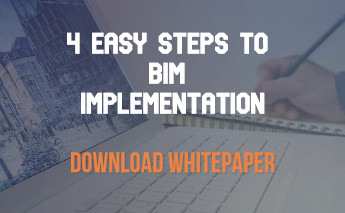|
Getting your Trinity Audio player ready...
|
When it comes to modular construction and area of after-market services, BIM (Building Information Modeling) helps contractors to have an added advantage and helps in building a revenue-generating system. It also enables to build an effective and accurate information management system. This leads the small firms and contractors an opportunity to compete against the big construction firms and industry leaders unlike with ERP systems.
Data Driven Systems:
Building Information Modeling is not only limited to the building but it starts from industrial installation to labor management. Through the life cycle of the construction projects, BIM provides structure and an organized set of data which helps the clients and owners a great advantage to take the decision and monitor the building’s performance.
The key factor of BIM technology is in providing the organized and well-structured data in terms of building information, monitoring or sharing information with teams, and here the ERP systems fail, ERP systems mainly deal with Finance and human resource but the asset’s data remains untouched.
Managing 3D Model Data:
In the era of BIM technology the BIM mandates contractors to push the 3D model data and integrate it with ERP. These leads to a designed asset structure and uses it in the process of project execution and these leads in the build and maintained structure.
The good structure and organized data yielded form BIM technology for a 3D model can be directly and seamlessly integrated into the process of physical asset management. And this helps the construction project owners to effectively manage the lifecycle of the asset. BIM can easily integrate with modern construction software to flow the data seamlessly into the asset management system and thus the contractors can figure out the solution easily for any challenges coming. With BIM technology we are making a step forward in the construction industry and in asset management.



Leave a Reply